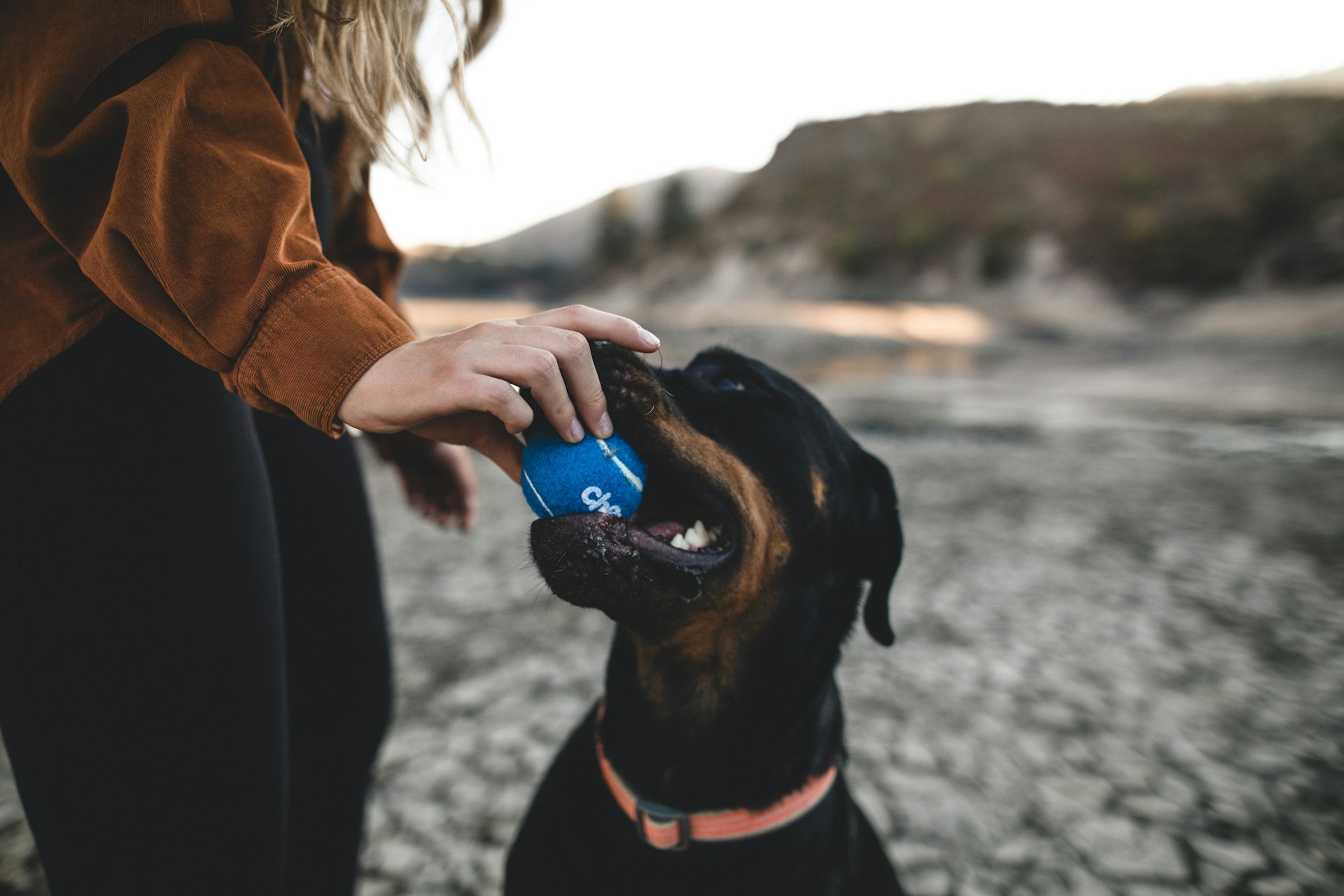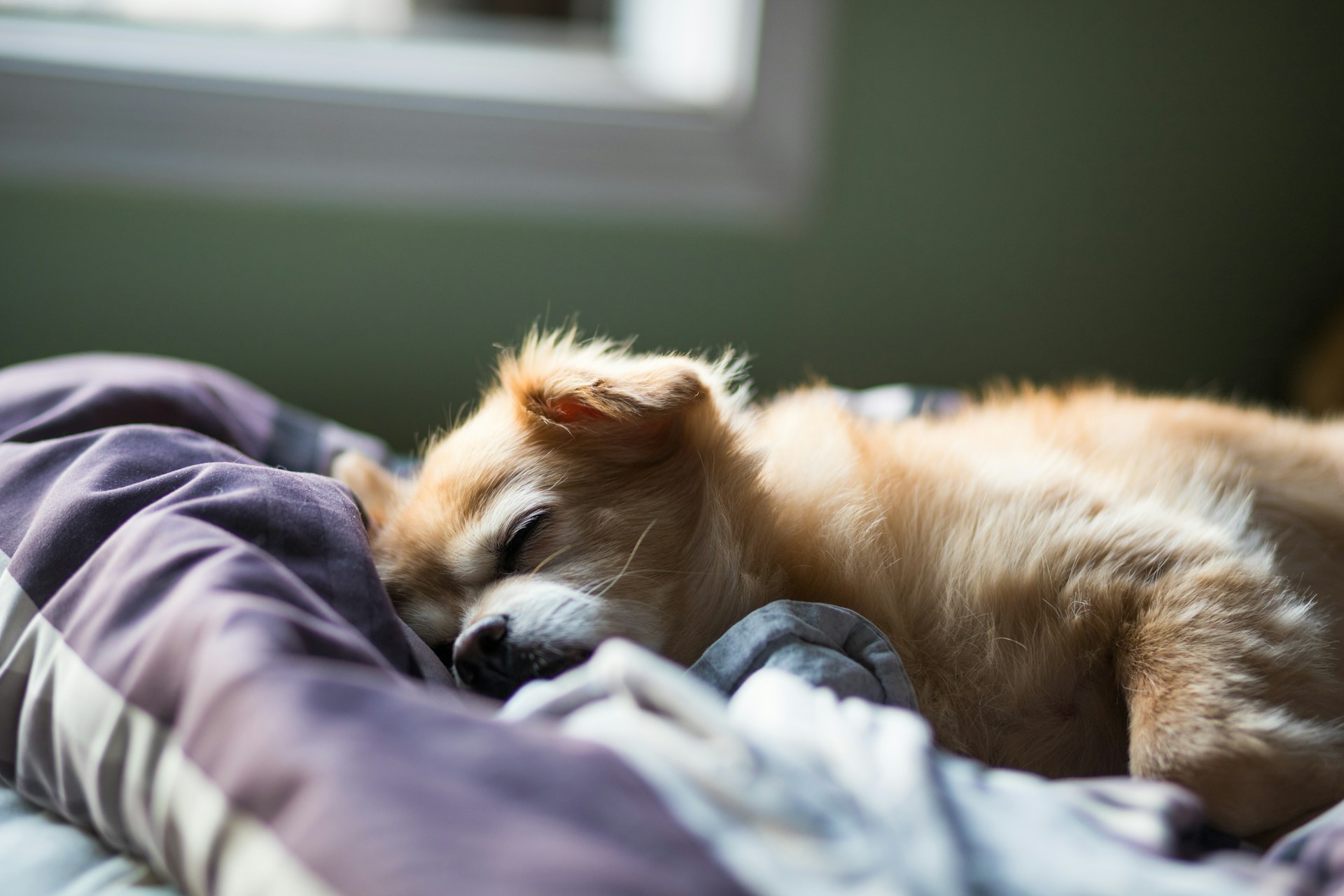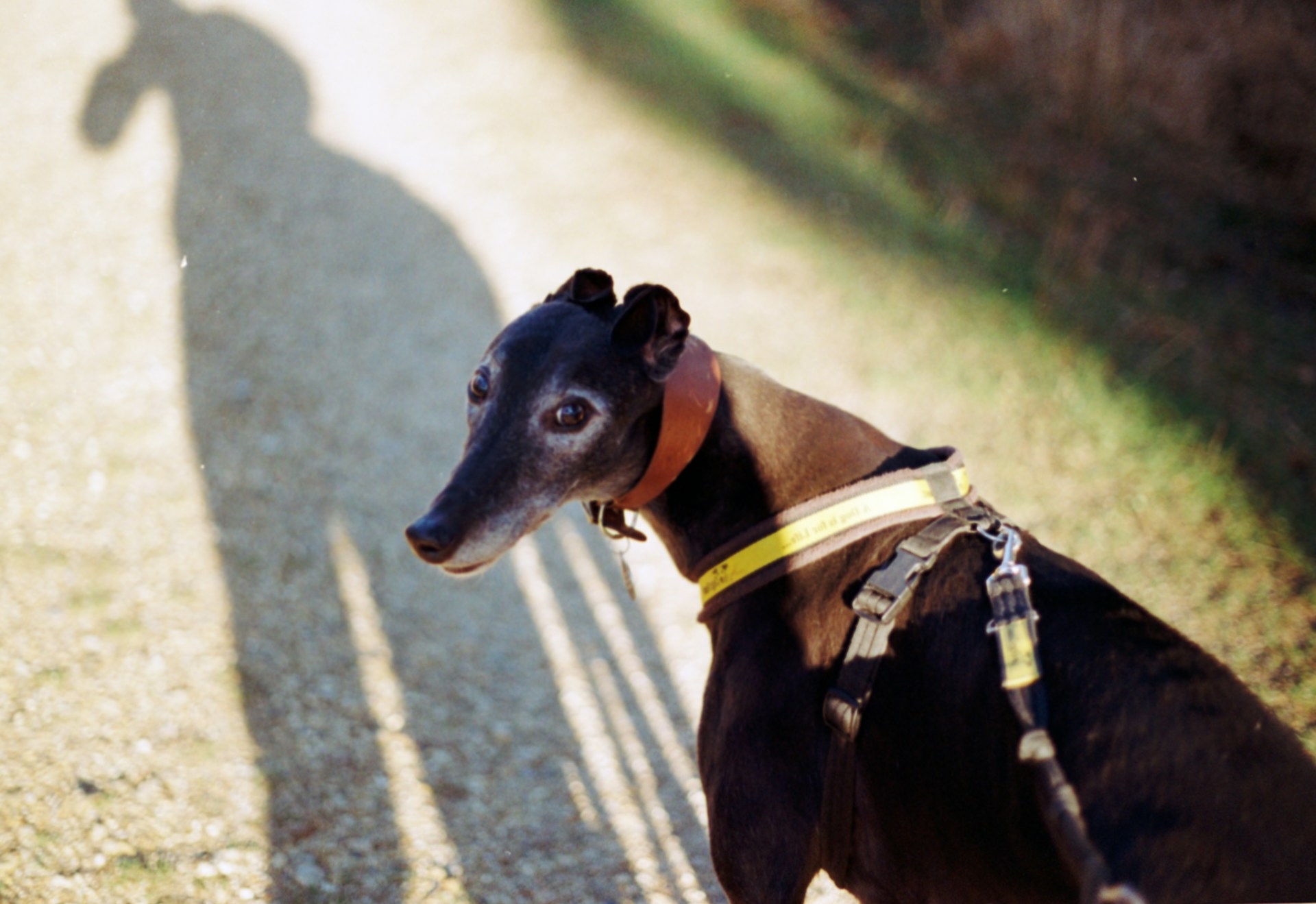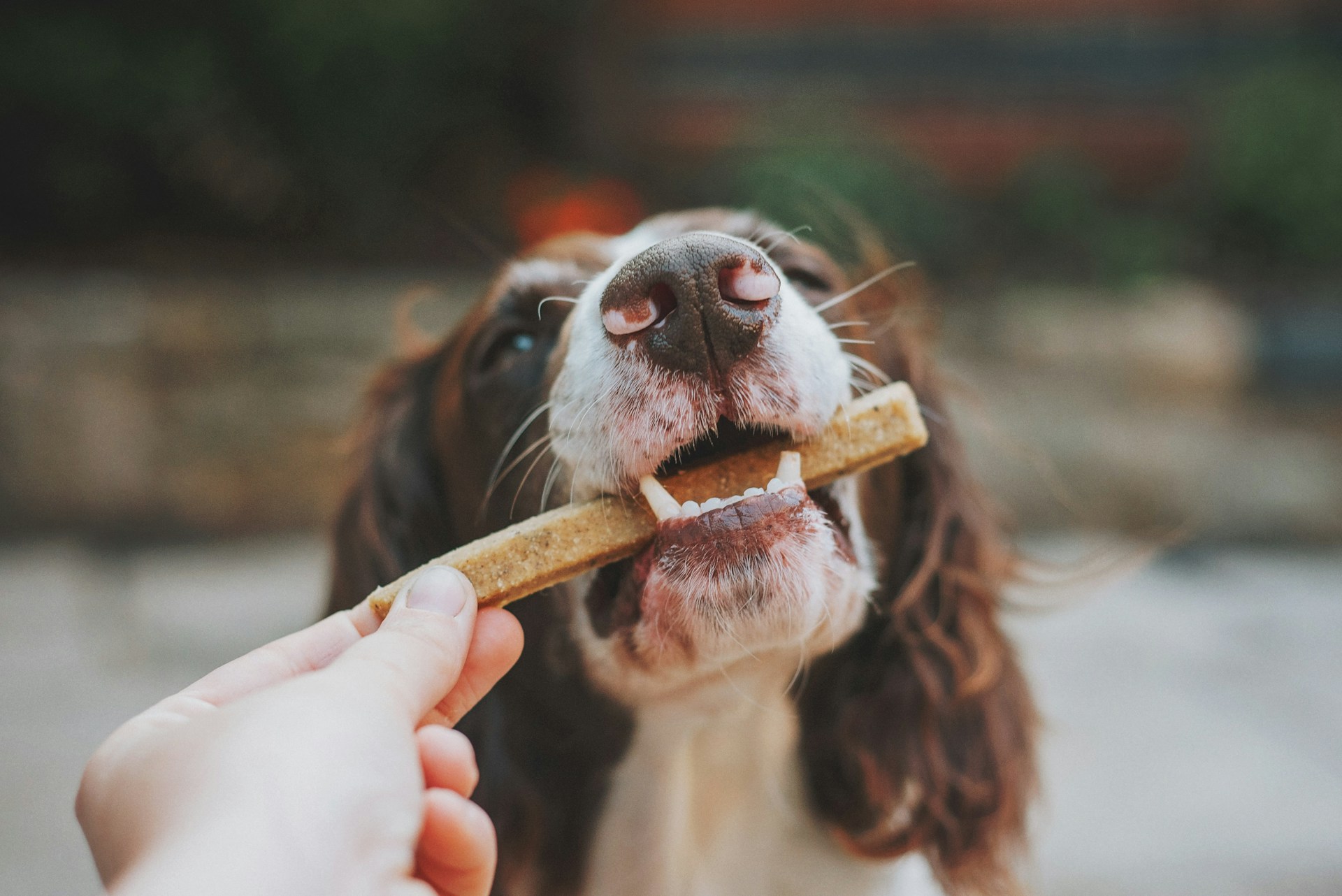Introduction
Routines play a crucial role in the lives of dogs, providing structure, security, and both physical and emotional well-being. Just like humans, dogs greatly benefit from having a consistent schedule that allows them to anticipate and understand what will happen next in their daily lives. This not only reduces stress and anxiety but also facilitates coexistence and strengthens the bond between the dog and its owner.
In this article, we will explore the importance of routines in a dog’s life, detail the most important routines you should consider, and provide practical tips on how to introduce and maintain these routines effectively. By the end, you will understand how a well-established daily structure can significantly improve your dog’s quality of life and promote more balanced and happy behavior.
The Importance of Routines for Dogs
Routines provide dogs with a sense of stability and predictability that is essential for their emotional well-being. When a dog knows what to expect and when it is less likely to experience stress or anxiety, leading to calmer and more balanced behavior. Additionally, routines help establish clear boundaries and expectations, making training and obedience easier.
Routines also contribute to the physical well-being of dogs. A regular schedule for feeding, exercise, and rest ensures that the dog receives the nutrition, physical activity, and sleep it needs to stay healthy. Similarly, hygiene routines and preventive medical care are crucial for preventing illnesses and detecting health problems early.
In summary, routines are a powerful tool for promoting your dog’s overall health and well-being, facilitating harmonious coexistence, and fostering a deeper and more satisfying relationship between the dog and its owner.
The Most Important Routines for Your Dog
A consistent feeding routine helps regulate your dog’s metabolism, prevents digestive issues, and establishes clear expectations about when and where to eat. It also makes it easier to monitor their appetite and overall health.
Tips on how to start introducing an feeding routine:
- Fixed Schedules: Feed your dog at the same times every day, preferably twice a day (morning and evening) depending on their age and needs.
- Consistent Location: Designate a specific, quiet, and distraction-free place for feeding.
- Proper Portions: Adjust the portion size based on your dog’s weight, age, and activity level, consulting with a veterinarian if necessary.
- Control Snacks: Limit treats and snacks between meals to maintain a balanced diet and prevent obesity.
2. Exercise Routine

Importance: Regular exercise is essential for keeping your dog physically healthy and mentally stimulated. It helps prevent obesity, reduces destructive behavior, and strengthens the bond between you and your dog.
Tips on how to start introducing an exercise routine:
- Daily Schedule: Set specific times for walks and active play, tailored to your dog’s breed and age.
- Variety of Activities: Mix different types of exercise, such as walks, runs, fetch games, and agility training.
- Consider the Weather: Adjust the intensity and duration of exercise based on weather conditions to ensure your dog’s safety and comfort.
- Watch for Signs: Pay attention to signs of fatigue or discomfort and adjust the routine according to your dog’s physical needs.
3. Training and Socialization Routine
Importance: Training and socialization are essential for developing appropriate behavior and preventing behavior problems. A consistent routine in this area helps your dog understand and follow the rules and interact positively with other animals and people.
Tips on how to start introducing a training routine:
- Regular Sessions: Dedicate time daily or several times a week for training, keeping the sessions short and focused.
- Positive Reinforcement: Use rewards and praise to encourage learning and reinforce desired behaviors.
- Controlled Exposure: Gradually and supervisedly introduce your dog to different environments, people, and animals to improve their social skills.
- Consistency in Commands: Use the same commands and signals to avoid confusion and reinforce learning.
4. Rest and Sleep Routine

Importance: Adequate rest is vital for your dog’s physical and mental recovery. A stable sleep routine helps regulate their energy and behavior during the day.
Tips on how to start introducing a rest and sleep routine:
- Rest Space: Provide a comfortable and safe place where your dog can rest without interruptions.
- Consistent Schedules: Set regular times for nighttime sleep and naps during the day, especially for puppies and older dogs.
- Quiet Environment: Ensure the resting area is free from loud noises and distractions that could disrupt sleep.
- Observe Individual Needs: Adjust the amount of rest based on your dog’s age, size, and activity level.
5. Hygiene and Care Routine
Importance: Maintaining a proper hygiene routine is essential for preventing diseases and keeping your dog clean and comfortable. This includes coat care, dental care, nail trimming, and ear cleaning.
Tips on how to start introducing a hygiene and care routine:
- Regular Brushing: Brush your dog’s coat according to their fur type to prevent matting and control shedding.
- Periodic Baths: Bathe your dog at appropriate intervals, using products specifically designed for dogs, and avoiding excessive baths that could dry out their skin.
- Dental Care: Perform regular dental cleanings to prevent periodontal disease, using toothbrushes and toothpaste designed for dogs.
- Nail and Ear Care: Trim your dog’s nails and clean their ears regularly to prevent infections and discomfort.
- Vet Visits: Schedule regular veterinary check-ups and keep up with vaccinations and parasite treatments.
How to Introduce Routines into Your Dog’s Life

1. Start Gradually
Introduce new routines gradually to allow your dog to adjust without feeling overwhelmed. Start with small changes and gradually increase consistency and duration over time.
2. Use Positive Reinforcement
Reward your dog for correctly following the routine with praise, petting, or treats. This reinforces desired behavior and makes the process more enjoyable for your pet.
3. Adapt routines to individual needs
Consider your dog’s age, breed, health, and personality when designing their routines. What works for one dog may not be suitable for another, so it’s important to personalize routines according to your pet’s specific needs.
4. Be Patient and Understanding
Establishing new routines can take time, and you may encounter resistance or challenges at first. Maintain a patient and understanding attitude, and avoid punishing your dog for mistakes or setbacks.
5. Involve the Whole Family
Ensure that all family members are aware of and participate in the established routines. Collaboration and consistency from everyone will make the process easier and reinforce the new practices.
6. Monitor and Adjust as Needed
Observe how your dog responds to the new routines and make adjustments as necessary to ensure they are effective and beneficial. Don’t hesitate to modify schedules or activities if you notice something isn’t working well.
Conclusion
Establishing and maintaining solid routines is essential to ensuring your dog’s physical and emotional well-being. Through consistent schedules for feeding, exercise, training, rest, and hygiene, you provide your pet with a structure that offers security and stability, reducing stress and promoting balanced behavior.
Implementing these routines requires patience, consistency, and understanding, but the benefits are significant and long-lasting. A well-structured dog is happier, healthier, and better prepared to face daily challenges, which also facilitates harmonious coexistence and strengthens the bond between the dog and its owner.
Remember that every dog is unique, so it’s essential to tailor routines to their individual needs and be willing to adjust and improve them over time. With dedication and love, you can create a structured and enriching environment that will benefit both your dog and yourself, ensuring a relationship full of mutual happiness and well-being.
What is Gudog?
Gudog is the easiest way to find & book the perfect dog Sitter. Thousands of loving Sitters are ready to care for your dog like family! All bookings come with Veterinary Care & Free Cancellation.
